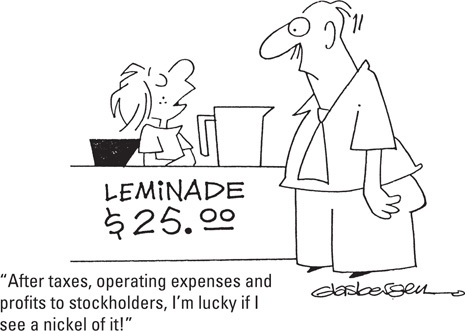Section 3 Elasticity of Demand
Preview
Objectives
After studying this section you will be able to:
- Explain how to calculate elasticity of demand.
- Identify factors that affect elasticity.
- Explain how firms use elasticity and revenue to make decisions.
Section Focus
Elasticity of demand describes how consumers will react to a change in the price of a good. Their reaction depends on the original price of the good and the way that good is used by consumers.
Key Terms
- elasticity of demand
- inelastic
- elastic
- unitary elastic
- total revenue
Are there some goods that you would always find money to buy, even if the price were to rise drastically? Are there other goods that you would cut back on, or even stop buying altogether, if the price were to rise just slightly?
Economists describe the way that consumers respond to price changes as elasticity of demand. Elasticity of demand dictates how drastically buyers will cut back or increase their demand for a good when the price rises or falls, respectively. Your demand for a good that you will keep buying despite a price increase is inelastic, or relatively unresponsive to price changes. In the second example, in which you buy much less of a good after a small price increase, your demand is elastic. A consumer with highly elastic demand for a good is very responsive to price changes.

Misspelling “lemonade” might not be this entrepreneur's only mistake. How many people will buy lemonade if the price rises to $25.00 a glass?
Calculating Elasticity
To compute elasticity of demand, take the percentage change in the demand of a good, and divide this number by the percentage change in the price of the good. You can find the equation for elasticity in Figure 4.7 on page 92. The law of demand implies that the result will always be negative. This is because an increase in the price of a good will always decrease the quantity demanded, and a decrease in the price of a good will always increase the quantity demanded. For the sake of simplicity, economists drop the negative sign.
Price Range
The elasticity of demand for a good varies at every price level. Demand for a good can be highly elastic at one price and inelastic at a different price. For example, demand for a glossy magazine will be inelastic when the price rises 50 percent from 20 cents to 30 cents.




